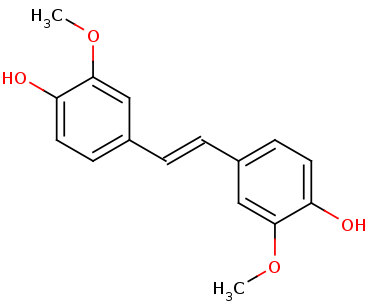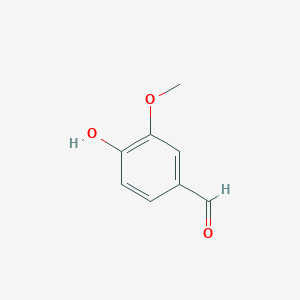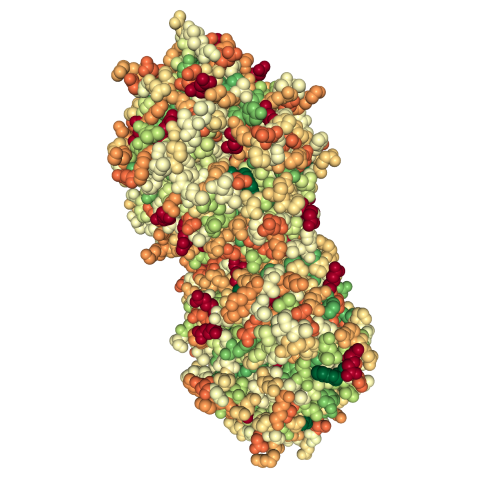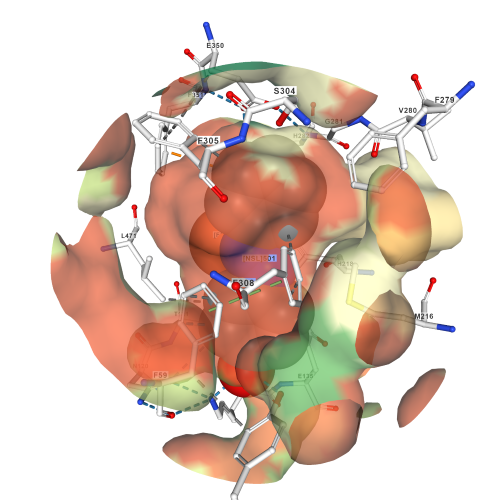Functions and Biological Relevance
Lignostilbene-α,ß-dioxygenase A (LsdA) from the bacterium Sphingomonas paucimobilis TMY1009 is a nonheme iron oxygenase that catalyzes the cleavage via oxygenolytic fission of lignostilbene, a compound arising in lignin transformation, to two vanillin molecules (see images below). Lignin is a common component of biomass from industry that scientists are interested in finding ways to break down to simpler and useful materials such as biofuels and commodity chemicals. Though natural occurring lignostilbenoids are rare, they are a very comm on byproduct of industry due to condensation reactions. Other lignin-based stilbenes are thought to be produces from bacterial catabolic processing of diaryl propane and phenylcoumarane [1].
Lignostilbene

Vanillin

Broader Implications
Though lignin is the second most abundant fraction byproduct of lignocellulose, it is currently mostly just combusted for steam and electricity generation. It is rarely valorized into other products like a dispersant for cement and gypsum. One major difficulty in converting and valorizing lignin-based byproducts it their highly variable composition. Both the substrate in which they are located, and the means of extraction affect their end composition and properties. There is much research into finding strong methods of breakdown of lignostilbenoid molecules.
Structural highlights and structure-function relationships
LsdA appears, when crystallized, as two LsdA protomers in one asymmetric unit as a dimer. The of the protomer consists of α-helices (purple) and ß-sheets (blue). The ß-sheets are arranged in a , typical of the carotenoid cleavage oxygenases [2].
When you look at the of the protein dimer you see that the binding pocket accessibility is very restrictive.


view of the protein.
The of the binding site consists of Phe59, Tyr101, and Lys134 that interact with the 4-hydroxyphenyl portion of the substrate. The triad importance was tested with specific mutations. A F59H mutation led to 3% efficiency comparable to wildtype LsdA. A Y101F mutation led to 20% efficiency comparable to wildtype LsdA. And a K134M mutation showed no discernible lignostilbene cleavage activity [3].
Important are shown. Green indicates hydrophobic interactions, blue indicates hydrogen bonding interactions, and the orange nucleotides are specific histidines that support and interact with the metal ion (Fe) in the pocket. These two histidines also contribute to hydrogen bonds in the area.
Energy Transformation
This is a sample scene created with SAT to by Group, and another to make of the protein. You can make your own scenes on SAT starting from scratch or loading and editing one of these sample scenes.




